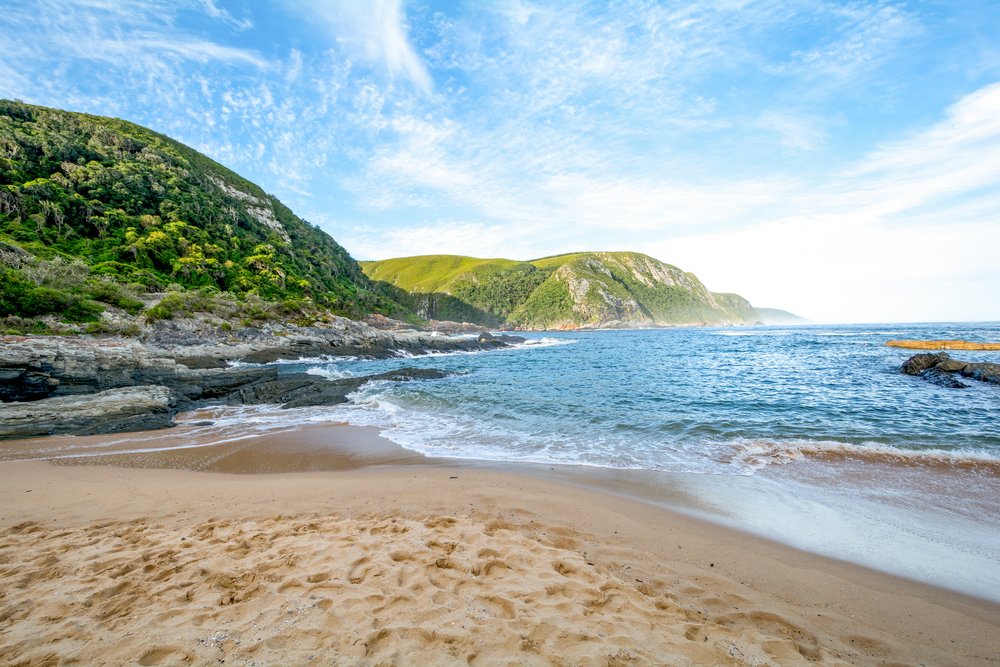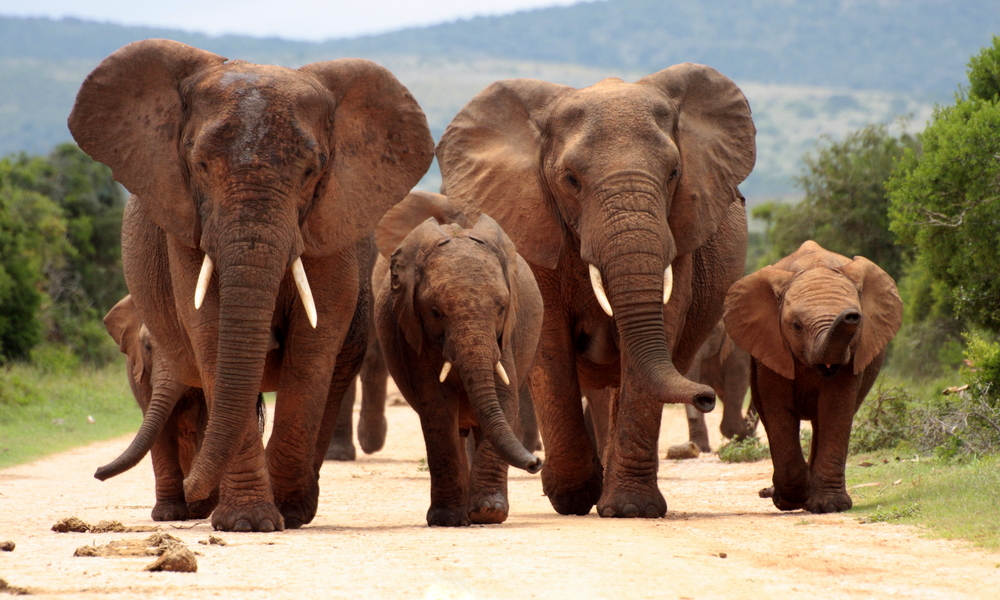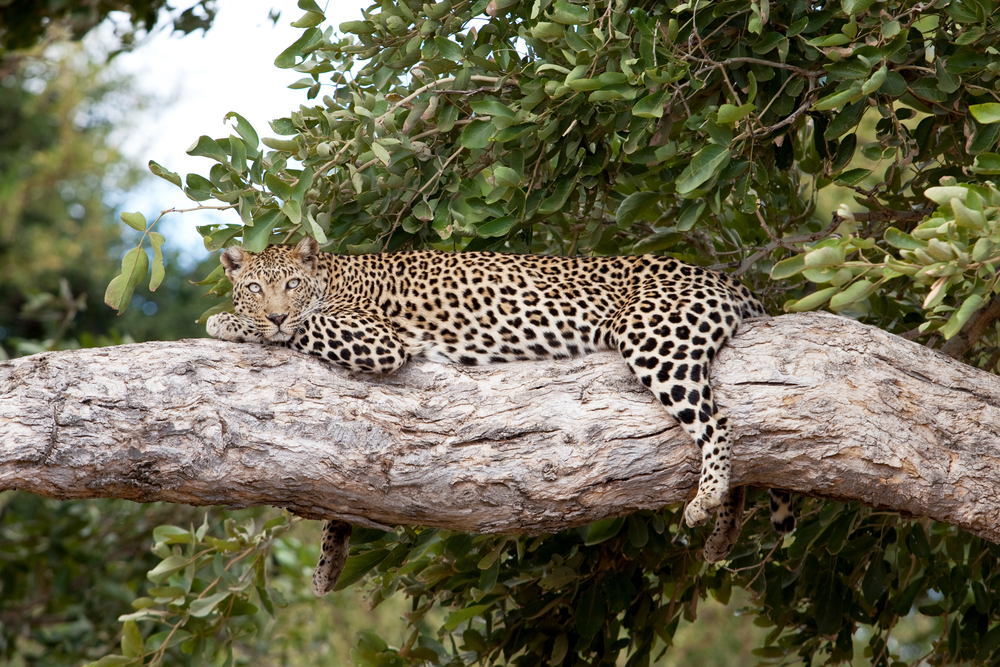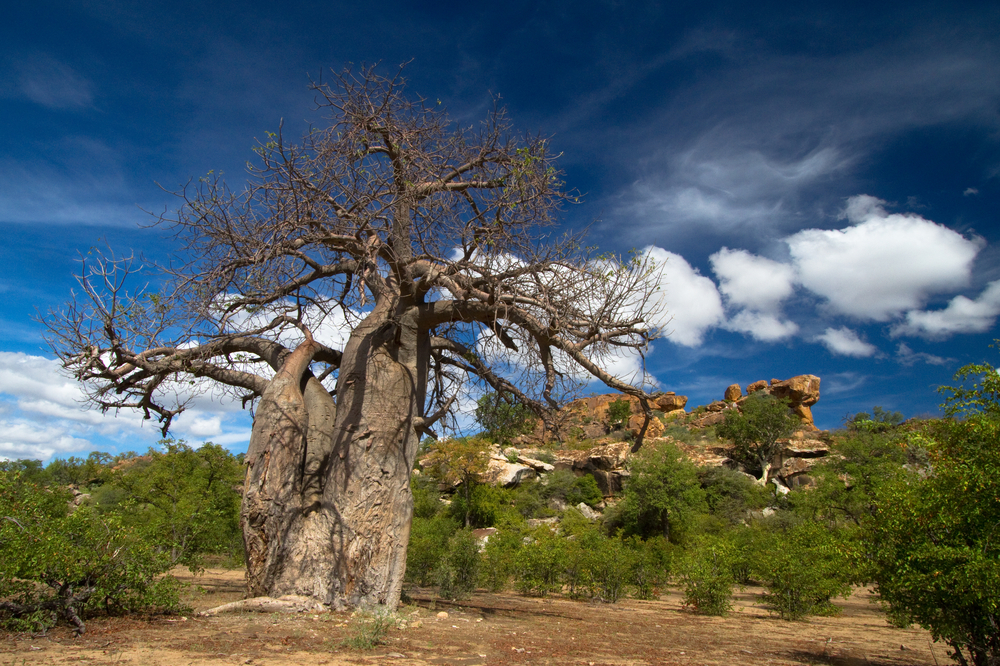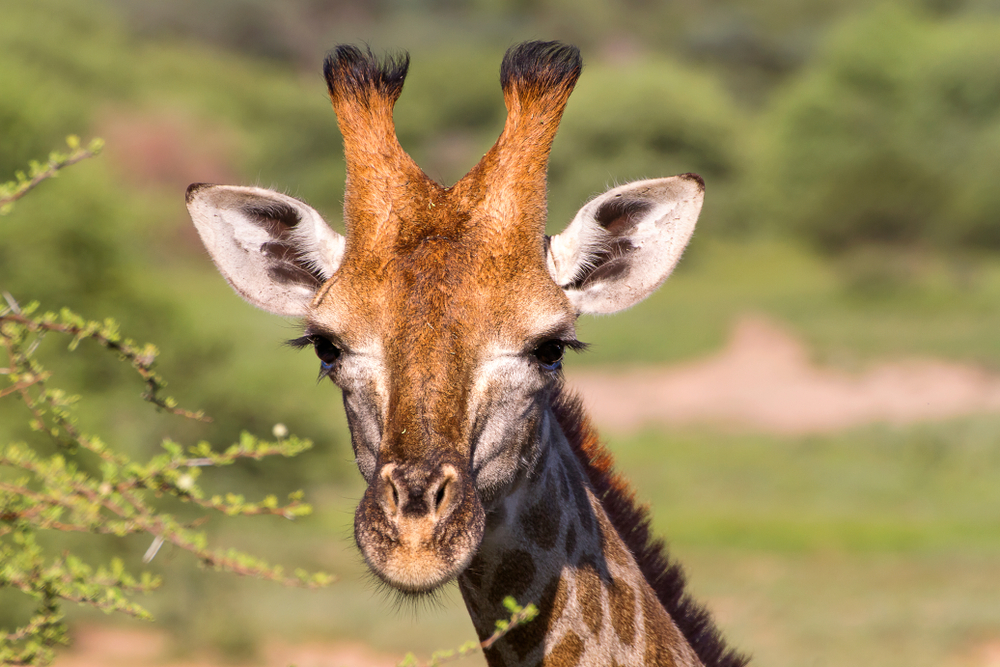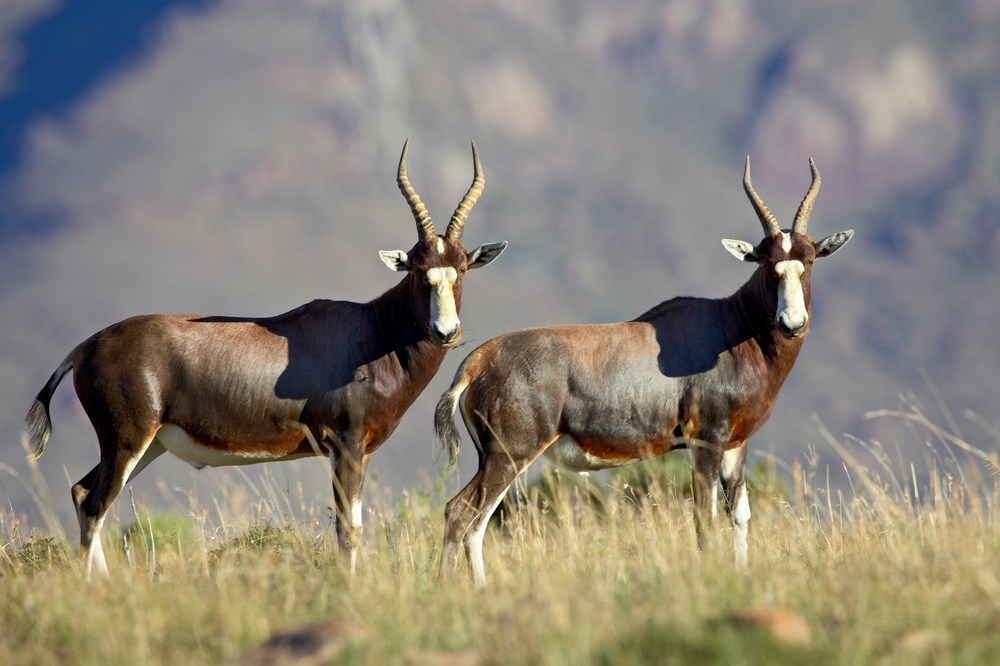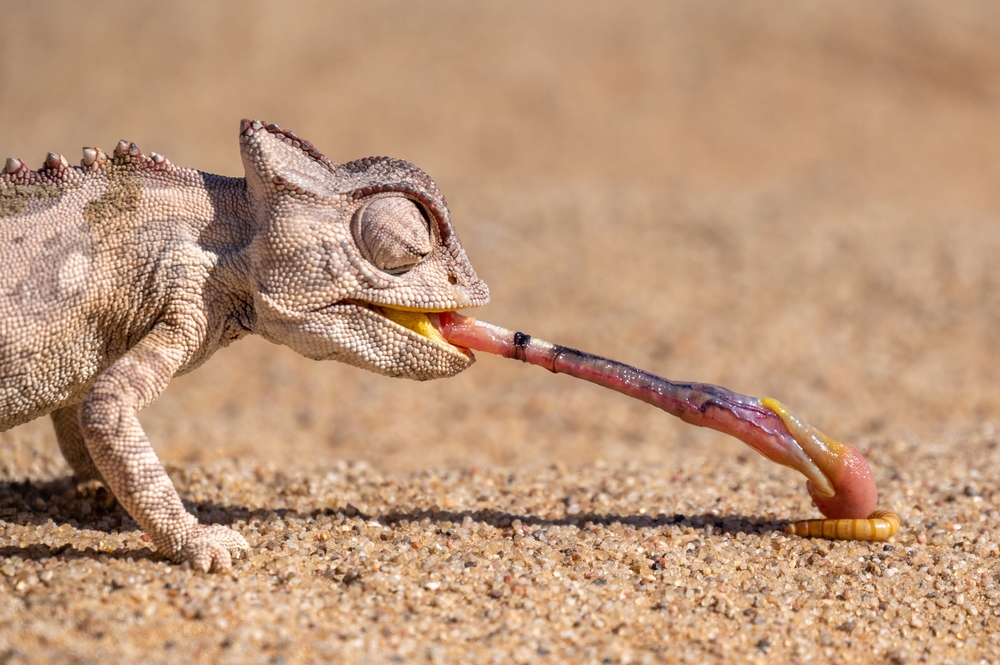Tsitsikamma Overview
Tsitsikamma National Park, locally known as “Tsitsikamma Nasionale Park”, is one of South Africa’s most iconic conservation areas, located along the southern coastline within the Garden Route region of the Eastern and Western Cape provinces. Established in 1964, the park spans approximately 652 square kilometers (252 square miles) and forms part of the larger Garden Route National Park, offering a stunning blend of lush forests, rugged coastline, and marine ecosystems.
The name “Tsitsikamma” is derived from the Khoekhoe language, meaning “place of abundant or sparkling water,” reflecting the region’s vibrant rivers, streams, and waterfalls. The park’s terrain is a captivating mix of steep cliffs, sandy beaches, and rocky shores, bordered by the Indian Ocean. Inland, ancient indigenous forests dominate the landscape, featuring towering yellowwoods, stinkwoods, and milkwoods. These forests are interspersed with fynbos, adding to the park’s botanical richness.
Tsitsikamma National Park is home to a diverse range of wildlife, both on land and in its protected marine environment. The forests are inhabited by vervet monkeys, bushbucks, and elusive leopards. Birdlife is abundant, with species such as the Knysna turaco, African fish eagle, and black oystercatcher. The coastal waters are teeming with marine life, including seals, dolphins, and southern right whales, which migrate to these shores during the breeding season. The park also boasts intertidal zones filled with colorful marine creatures like starfish and anemones.
Visitors to Tsitsikamma National Park can enjoy a variety of activities that showcase its natural beauty. The Storms River Mouth, a highlight of the park, features suspension bridges that provide breathtaking views of the river gorge and the ocean. Hiking trails, such as the Otter Trail and the Waterfall Trail, offer opportunities to explore the park’s forests, cliffs, and beaches. Kayaking and snorkeling in the Storms River provide unique perspectives of the park’s marine environment. Birdwatching and photography are rewarding activities due to the park’s rich biodiversity and stunning landscapes. Accommodation options, including campsites and chalets, ensure visitors can fully immerse themselves in the park’s serene atmosphere.
Despite its allure, Tsitsikamma National Park faces challenges such as climate change, marine pollution, and invasive plant species. Conservation efforts led by South African National Parks (SANParks) focus on habitat restoration, alien species removal, and sustainable tourism practices. The park also plays a crucial role in marine conservation as part of the Tsitsikamma Marine Protected Area, which safeguards marine ecosystems and biodiversity.
Tsitsikamma National Park is a jewel of South Africa’s natural heritage. Its dramatic landscapes, lush forests, and vibrant marine life make it a must-visit destination for adventurers and nature lovers. Protecting this park ensures the preservation of its unique ecosystems and reinforces its role as a vital part of the Garden Route’s ecological network.








































































